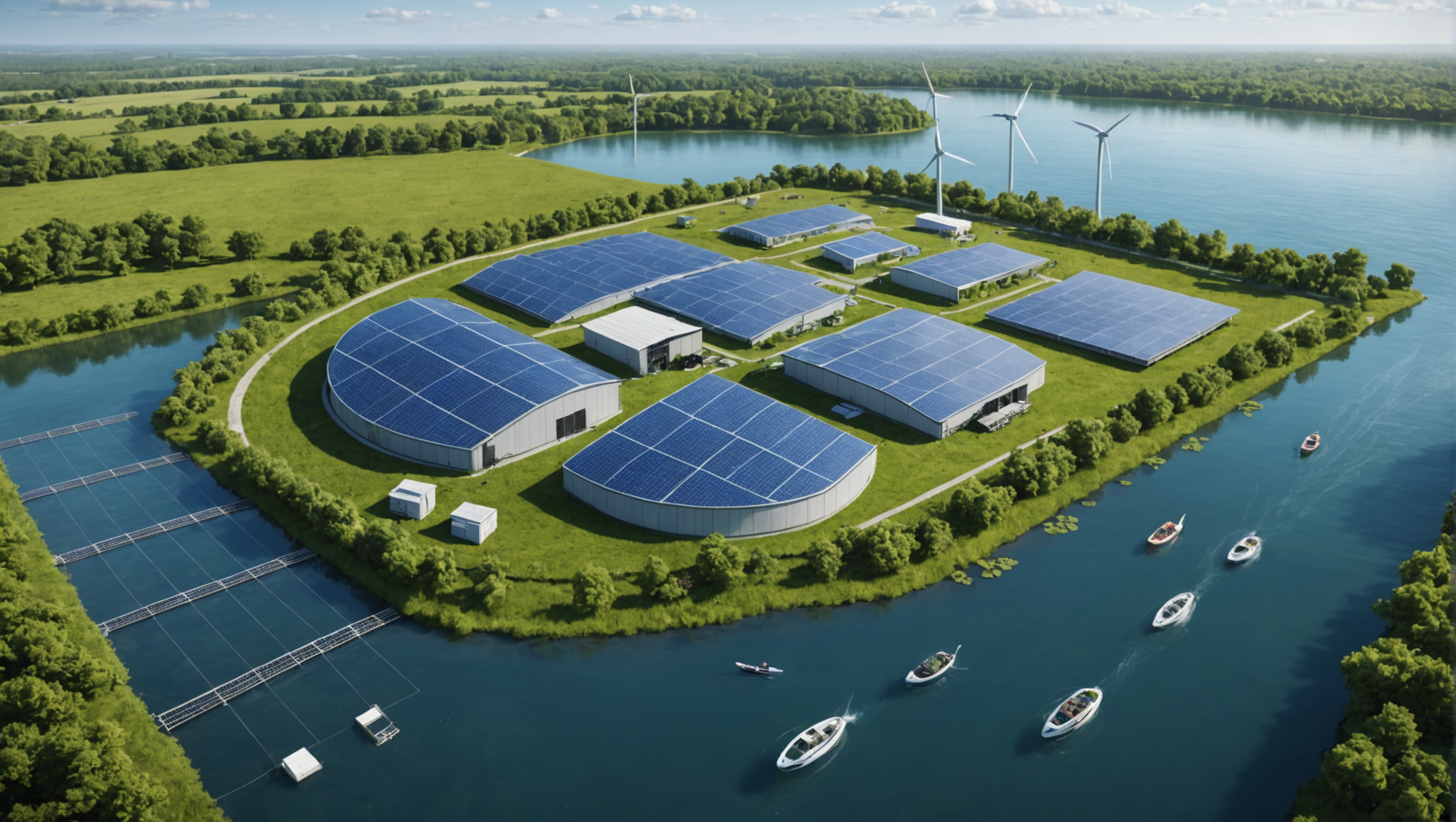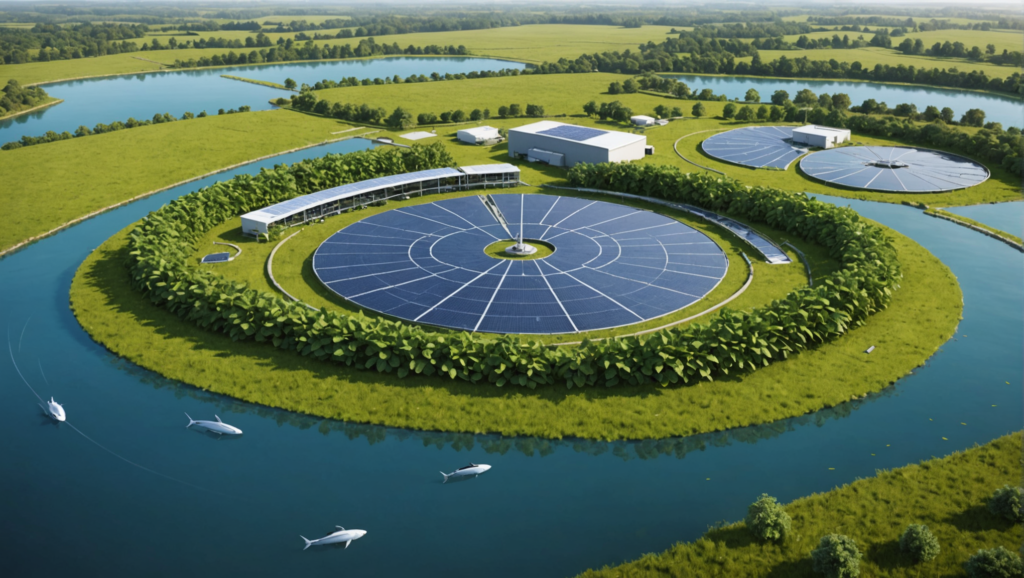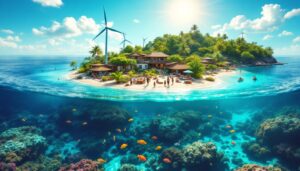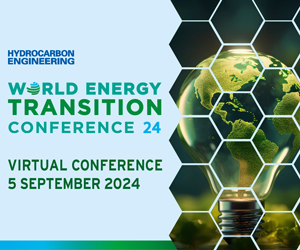Sustainable aquaculture presents itself as an innovative response to growing food challenges and the need to preserve our planet. This aquatic farming method not only contributes to food security, it also aims to minimize its environmental impact. By integrating responsible strategies and ethical practices, sustainable aquaculture offers a promising path to feeding an expanding global population while respecting marine ecosystems.
The benefits of sustainable aquaculture are numerous. It makes it possible to diversify protein sources and reduce pressure on wild fish stocks. By judiciously exploiting aquatic resources, this approach helps fight against poverty in many developing countries. In addition, it encourages research on innovative production methods, promoting the adoption of new economic and social models. However, challenges remain, such as the need to guarantee biodiversity and respect the integrity of ecosystems. In short, sustainable aquaculture represents an essential issue in the quest for balanced and responsible marine exploitation.
L’sustainable aquaculture represents an innovative response to global food challenges by promoting responsible production of marine resources. Defined as the practice of breeding aquatic species in systems that minimize their environmental impact while maximizing economic profitability, this approach is essential in a context of overfishing and degradation of marine habitats.
Table of Contents
ToggleContemporary issues in sustainable aquaculture
Over the past decade, global demand for seafood products has exploded, leading to unprecedented pressures on wild fish stocks. According to the FAO (Food and Agriculture Organization of the United Nations), more than 34% of capture fish populations are overexploited. In this context, sustainable aquaculture appears to be a viable solution. This practice can potentially free up up to 13 million km² of oceans for aquaculture, as detailed in a recent report by marine sustainability researchers.
A fundamental aspect of sustainable aquaculture concerns the food safety. With projected growth in the global population, which could reach almost 10 billion by 2050, the aquaculture sector is crucial to meeting the increased demand for protein. By integrating aquaculture exploits into agricultural practices, it is possible to optimize the use of resources in arid environments while improving yields.
Environmental benefits of sustainable aquaculture
Sustainable aquaculture has several key environmental benefits. First, it contributes to the marine biodiversity. By diversifying cultivated species, such as macroalgae, molluscs, And echinoderms, this approach minimizes pressure on endangered wildlife species. For example, case studies have shown that integrated seaweed and fish farming systems not only increase yields of both resources but also play a vital role in carbon capture, which helps mitigate the effects of climate change. .
In addition, it offers the possibility of reducing the pollution navy. Best practice strategies, such as closed water circulation or aquaponic systems, can in fact reduce nutrient discharge into aquatic environments. By choosing responsible aquaculture, producers can engage in a proactive approach to restore marine ecosystems. This is particularly true in environments affected by the intensive fishing industry.
The economic benefits of these practices must also be underlined. THE blue financing, which supports sustainable development projects in the maritime environment, plays a crucial role. Investments in sustainable aquaculture can generate not only profitability for aquaculturists, but also promote job creation in coastal communities. Training initiatives like those offered by certain NGOs allow fishermen to convert to aquaculture while preserving the local environment.
Future prospects for sustainable aquaculture
In the future, technological innovation in sustainable aquaculture is also expected to transform this industry. The systems of, incorporating elements of artificial intelligence and robotics, allow optimized management of the diet and living conditions of cultivated species. This not only reduces operating costs, but also improves animal welfare and overall profitability. A recent study showed that adopting these technologies can increase production yields by up to 30%.
Younger generations, increasingly aware of environmental issues, can also participate in this movement. Educational programs highlight the importance of sustainable aquaculture and inspire students to become champions of the sea. By integrating these concepts into school curricula, it is possible to create collective awareness and inspire future generations to commit to the preservation of the oceans. It is a strategy that transforms not only the way of producing, but also the way of thinking about the interaction between man and the sea.
To learn more about sustainable ocean management, you can consult additional resources such as This item on sustainable ocean management. Likewise, the importance of maritime education in raising awareness among young people can be explored in this document.

L'aquaculture dans le monde dépasse pour la première fois la pêchehttps://t.co/bSXV4xb86J pic.twitter.com/rlNLnEkPVR
— BFM Business (@bfmbusiness) June 7, 2024
FAQ on Sustainable Aquaculture: Challenges and Benefits for the Environment
What are the main benefits of sustainable aquaculture? Sustainable aquaculture helps diversify food systems, contribute to food security and improve the quality of life in low-resource areas.
How does aquaculture influence the environment? Aquaculture can have varied impacts on the environment, including the degradation of marine ecosystems, if practices are not sustainable. However, environmentally friendly methods can minimize these effects.
What are the negative environmental impacts associated with aquaculture? Negative impacts include water pollution, the introduction of invasive species and overconsumption of marine resources if aquaculture is not managed responsibly.
What practices make aquaculture more sustainable? Strategies such as selecting appropriate species, improving production techniques, and respecting environmental standards contribute to sustainable aquaculture.
How can aquaculture help fight poverty? By developing appropriate farming techniques, aquaculture can create jobs and generate income for local communities, thereby reducing poverty.
Why is aquaculture essential for the world’s food future? With the world’s population growing, sustainable aquaculture is a key solution to efficiently providing protein while preserving wild fish.
What are the most commonly farmed marine species in aquaculture? Fish such as salmon, tilapia and shrimp are among the most commonly raised marine species in aquaculture for their nutritional benefits.
How does sustainable aquaculture contribute to the preservation of the environment? By adopting sustainable practices, aquaculture reduces pressure on wild fish stocks and helps restore marine ecosystems.









